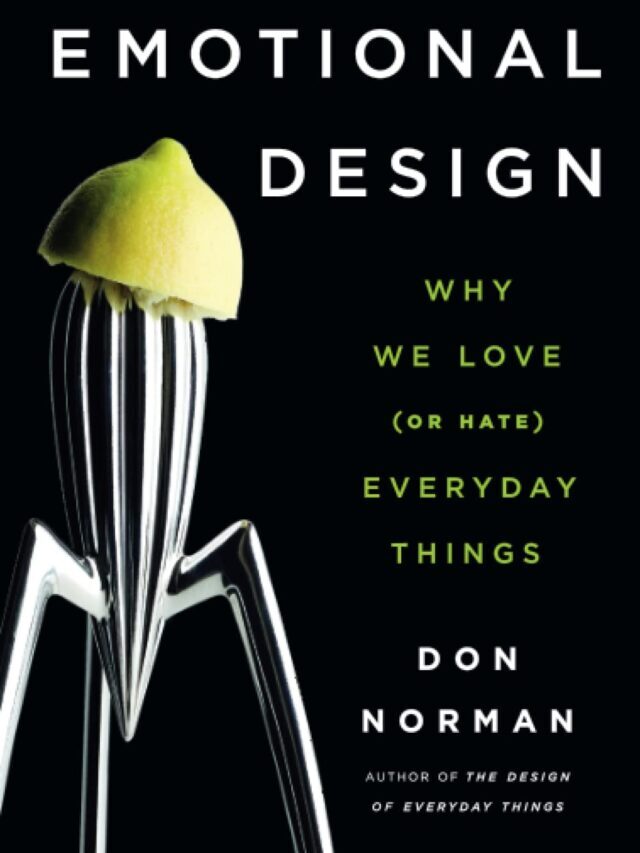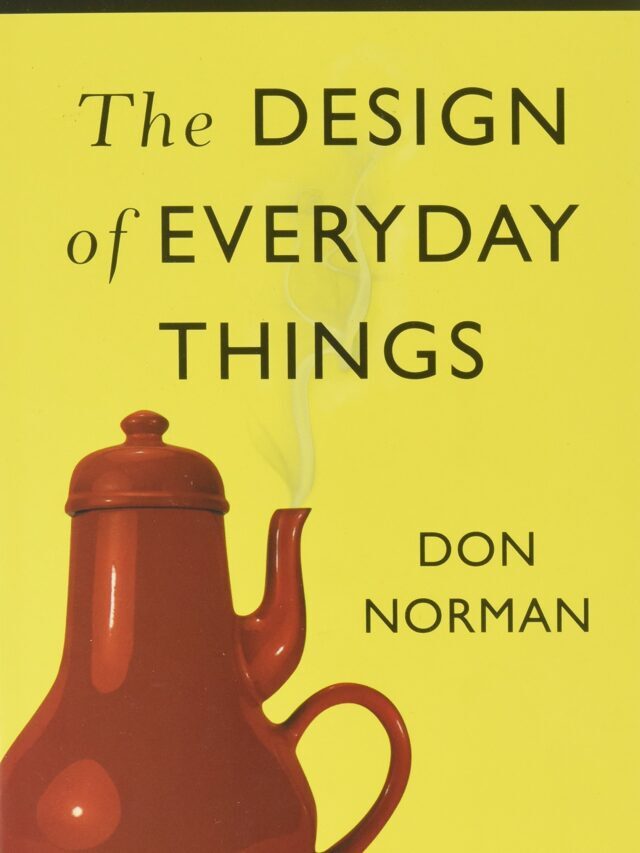User-centered design is a term used in the software industry to describe designs that focus on the users' needs and experience. The idea is that by understanding users' goals, motivations and needs, designers can create better software that is more enjoyable and easy to use.
User-centered design is sometimes also called human-centered design or user experience design. The term was first coined in the early 1990s by Don Norman, a cognitive scientist who later became a professor at Northwestern University and the author of several books on design, including "The Design of Everyday Things."
Norman argued that too many products were designed with only the needs of the manufacturers in mind, rather than the needs of the people who would be using them. He wrote: "The products we use are often badly designed. They are ill-conceived, poorly manufactured, and package in ways that are confusing and difficult to use.
Norman's ideas about user-centered design began to gain traction in the software industry in the late 1990s and early 2000s as companies began to realize that creating easy-to-use, enjoyable products was essential to their success.
Why is User-Centric Design Important?
User-centric design is so important because, at the end of the day, users are the ones who will be using the product or service. Therefore, it only makes sense to design something that meets their needs and preferences.
Too often, products and services are designed with the primary focus on what the business wants or needs. This can result in a finished product that doesn’t quite hit the mark with users. User-centric design helps to avoid this pitfall by making sure that users are always kept front and center.
How can I Implement User-Centric Design?
If you’re interested in incorporating user-centric design into your next project, there are a few things you can do to get started.
First, make sure that you involve users in the design process as much as possible. Seek their feedback at every stage, from initial brainstorming to the final testing phase.
Next, consider using user research methods such as surveys, interviews, and focus groups. These can help you to glean valuable insights into what users want and need.
Finally, don’t forget the importance of testing. Always test your product or service with real users before you launch it. This will help you to identify any potential issues and make any necessary tweaks.
What are the principles of user-centered design?
There are three main principles of user-centered design:
1. Understanability: The design should be easy to understand and use.
2. Flexibility: The design should be flexible and adaptable to different users' needs.
3. Aesthetics: The design should be pleasing to look at and use.
These principles are based on the idea that the users' needs should be the primary focus of the design.
How is user-centered design different from other design approaches?
There are two main ways in which user-centered design differs from other design approaches:
1. User-centered design starts with the users. Other design approaches often start with the product.
2. User-centered design focuses on the users' needs and goals. Other design approaches often focus on the product's features.
Both of these differences stem from the fact that user-centered design is focused on creating designs that are easy and enjoyable to use, while other design approaches are often more focused on the technical aspects of the product.
What are the benefits of user-centered design?
There are many benefits of user-centered design, both for users and for businesses:
1. Users benefit from products that are easy and enjoyable to use.
2. Businesses benefit from increased sales, due to the fact that user-centered design often leads to more popular and successful products.
3. Businesses also benefit from reduced support costs, as user-centered design can help to avoid the need for extensive customer support.
4. In addition, businesses that use user-centered design are often viewed as being more user-friendly and responsive to customer needs, which can lead to improved brand image and customer loyalty.
Key Takeaways
The products we use every day, from our computers and phones to our cars and appliances, are all becoming increasingly complex, and it is user-centered design that will help to make them simpler and more user-friendly.
User-centric design can also lead to increased sales and profits. This is because happy users are more likely to make purchases and to spend more money when they do.
Finally, user-centric design can help businesses to save time and money. By avoiding the need to make major changes after a product or service has launched, businesses can avoid the expense and hassle of having to go back to the drawing board.
Emotional Design: Why We Love (or Hate) Everyday Things
The Design of Everyday Things
INTERACTION DESIGN
Design your products
Our technical know-how allows us to design products that not only thrive on technological sophistication, but also on the sensitivity for the people who use them.


